Modern televisions, projection technology, and 4K home streaming have largely made going to the movie theater a thing of the past. If you watch even just one movie a week at home, even a nice home theater sytem will pay for itself in only a few years compared to going to the movie theater. But how do you get started?
Speakers Age Well
If you’re piecing together a home theater system, you should buy your front left and right speakers first. They’re the workhorses of a home theater setup, and you can still have an enjoyable experience even if you never add anything else to the system.
Speaker technology doesn’t change all that much compared to other things. Every year, new televisions come out with new HDR standards, faster refresh rate, more mini-LED zones, and higher resolutions.
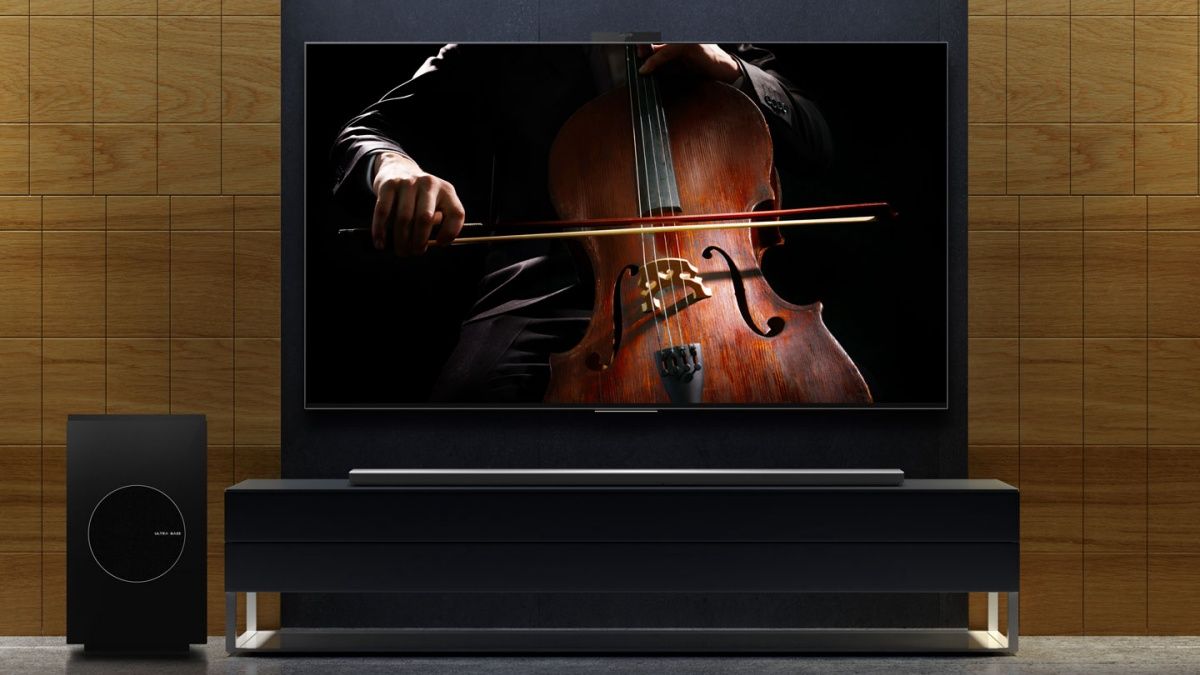
Related
What Is an OD Zero Mini LED TV?
Get ready for thinner and brighter Mini LED TVs.
Speakers, on the other hand, change much more slowly. Every once in a while, someone comes along with a modification to existing designs, but one basic fact holds: speakers that sound good today will sound good 10 years from now, so long as you take care of them. They’re not going to be aggressively out-classed by the latest and greatest in speaker technology.
As a result, you’re better off carefully selecting your front left and right speakers first.
What Matters for Front Speakers?
Front speakers quite literally set the tone for your home theater, and if you’re going to be throwing good money at them, there are some things you need to consider.
Towers or Bookshelf Speakers?
Front left and right speakers are typically either bookshelf or tower speakers.
Tower speakers are larger, heavier (and difficult to move alone), but can deliver deeper bass than bookshelf speakers. They also don’t require stands of any kind—put them on the ground, and you’re good to go.
I’m partial to tower speakers because I’ve lived in places that couldn’t fit a subwoofer, and the extra bass from the tower speakers was enough to make up for the lack of really deep bass.
Within any given lineup of speakers, tower speakers tend to be more expensive than their bookshelf siblings because of the extra materials and woofers used to construct them.
On the other hand, bookshelf speakers are a completely acceptable solution, especially if you buy or will be buying a subwoofer. Bookshelf speakers can easily be moved around and setup by one person, and they’re a bit easier to protect from pets, if that is a factor for you. They do require some sort of stand, though if your TV stand is wide enough, you may be able to put them on that.
There are also wall-mount brackets that you could use.
Your Tweeter Matters
Broadly speaking, woofers are woofers, and while the quality and materials can vary, there isn’t a huge difference in their fundamental design.
Tweeters are a different story.
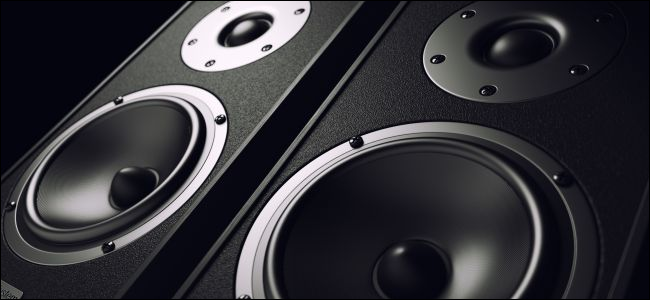
Related
What Are Woofers, Mid-Range Speakers, and Tweeters?
Woofers, mid-range speakers, and tweeters are all types of loudspeakers.
Tweeters come in a ton of different varieties, all with different sound profiles. Some of the most common ones are:
- Dome Tweeters
- Air Motion Transformer (AMT)
- Horn
- Planar Magnetic Tweeters
Dome tweeters are the most common kind, and they resemble a regular speaker woofer in both appearance and function. They’re less expensive, have a relatively wide sound dispersion area (which means they sound the same regardless of where you’re sitting in a room), but they tend to produce less detailed sound.
AMT and Planar Magnetic Tweeters are also relatively common, but they’re more expensive. They work in different ways, but they both tend to produce cleaner high-end frequency sound than dome tweeters. Unlike dome tweeters, they also produce relatively focused sound, which means your position while listening is more important.
Horn tweeters are larger and get louder, but in my experience, tend to have the worst audio fidelity of the options here. If you’re buying speakers a PA system to DJ a party they might be a good choice, but I’d avoid them in a home theater system.
Of all these options, I’m partial to AMT tweeters, since I also listen to a lot of music on my home theater system a lot. AMT tweeters really do justice to guitars, violins, and other instruments that produce higher-frequency sounds.
How Much Woofer Do You Need?
Regardless of whether you opt for towers speakers or bookshelf speakers, you’ll have your choice of woofer sizes. In general, larger woofers are better at producing deeper sounds than smaller woofers. You can find both tower and bookshelf speakers with woofers that range in size from 4 inches all the way up to 6.5 inches.
If I were buying bookshelves and pairing them with a subwoofer, I’d probably look for speakers with woofers between 5 and 6 inches. If I were buying towers, especially if I were forgoing a subwoofer completely, I’d recommend picking up something with 6.5-inch woofers for the extra bass delivery.
Does Voice Matching Matter?
Because different kinds of tweeters and different woofer materials result in speakers that sound different, you’ll hear a lot about “voice matching” your sound system. In other words, once you opt for a particular kind of tweeter with a woofer made of a specific material on your front left and right speakers, you want to consider getting the same thing for your center channel and surround speakers.
Ultimately, whether you should depends on how sensitive your hearing is and how particular you are about sound.
I’d always recommend voice matching your center channel to your front left and right speakers. The center channel will be what produces the sounds of voices and anything else in the middle of the sound stage when you have it connected to your system, and I think it is pretty noticeable.
Because surround speakers don’t have as many voices, or as much going on in general, you can probably get away with mixing your speakers. I’ve been using two Emotiva T2+s as my front left and right speakers with two old Bowers and Wilkins bookshelf speakers for my surrounds, and I’ve never found the difference unpleasant, or even noticeable.

Related
9 Ways to Repurpose Your Old Speakers
Found some old speakers in your basement? Put them to good use.
What About Other Home Theater Parts?
Once you have your front speakers, you need something to power them. You can buy a separate amplifier designed to drive just two speakers, or you can buy a more complicated audio/video receiver (usually just called a receiver or an AVR).
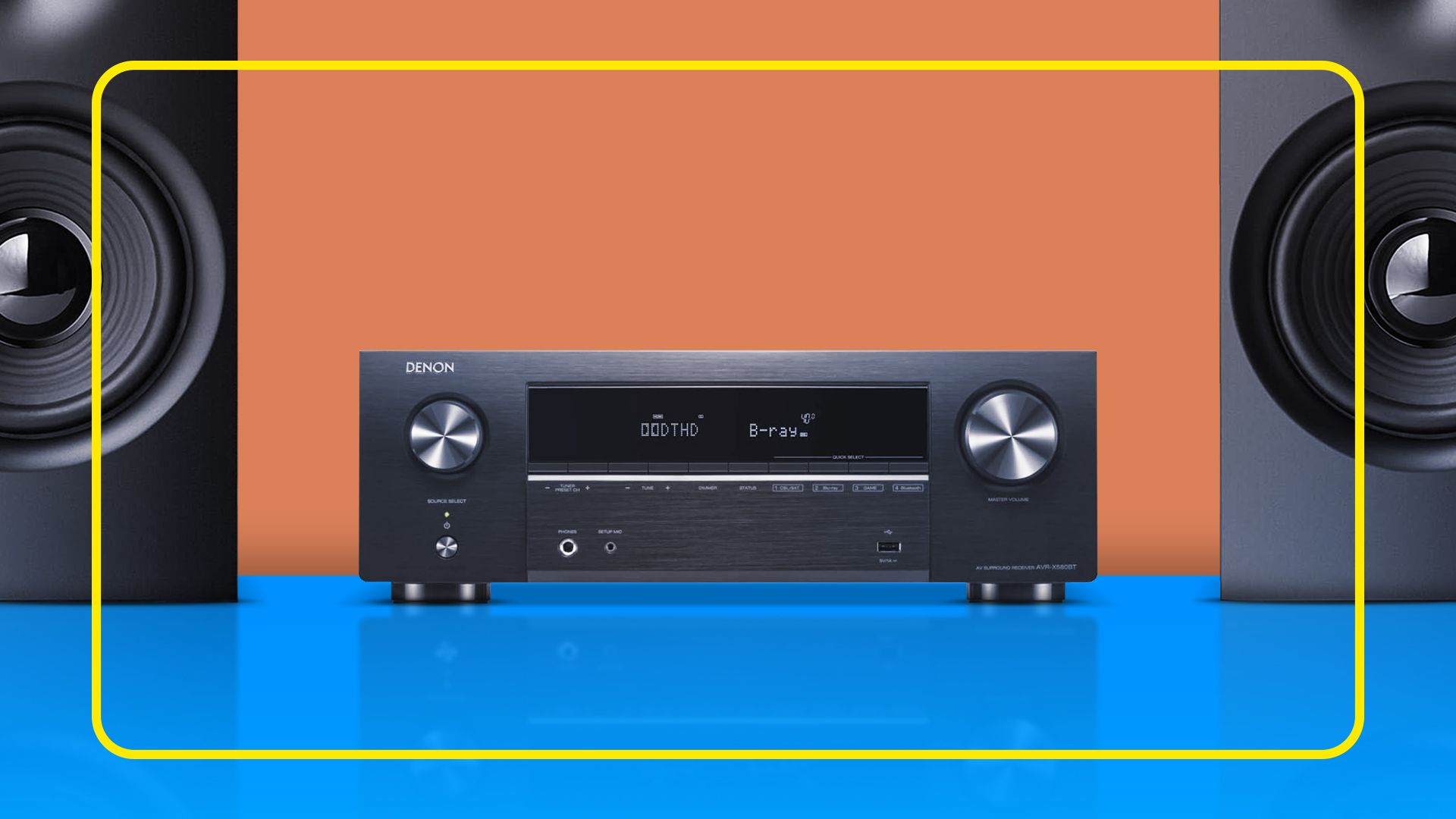
Related
Do You Really Need an AV Receiver? A Look at Standalone Options for Home Theater Audio
You don’t necessarily need an AV receiver.
AVRs are pretty complicated devices. They’re usually capable of driving at least five speakers, including your front left and right speakers, your center channel, and your surrounds.
More expensive models can power more than a dozen speakers. The price also varies wildly, from a few hundred dollars for something that can drive an 5.1 system to many thousands of dollars for something capable of driving 19 channels.
AVRs that support 7.2.4 sound—that is 7 speakers around you, two subwoofers, and 4 ceiling speakers—start around 1,400 dollars if you can catch a good deal.
If you’re planning on building the rest of your home theater relatively soon, just buy the AVR—it is an all-in-one solution that will work for the overwhelming majority of situations.
Once you have your AVR and your front left and right speakers, you need to fill out the rest of your system. If you bought bookshelf speakers, the next thing you should buy is definitely a subwoofer. If you bought tower speakers, I’d recommend a center channel next—it makes a huge difference for television and movies.


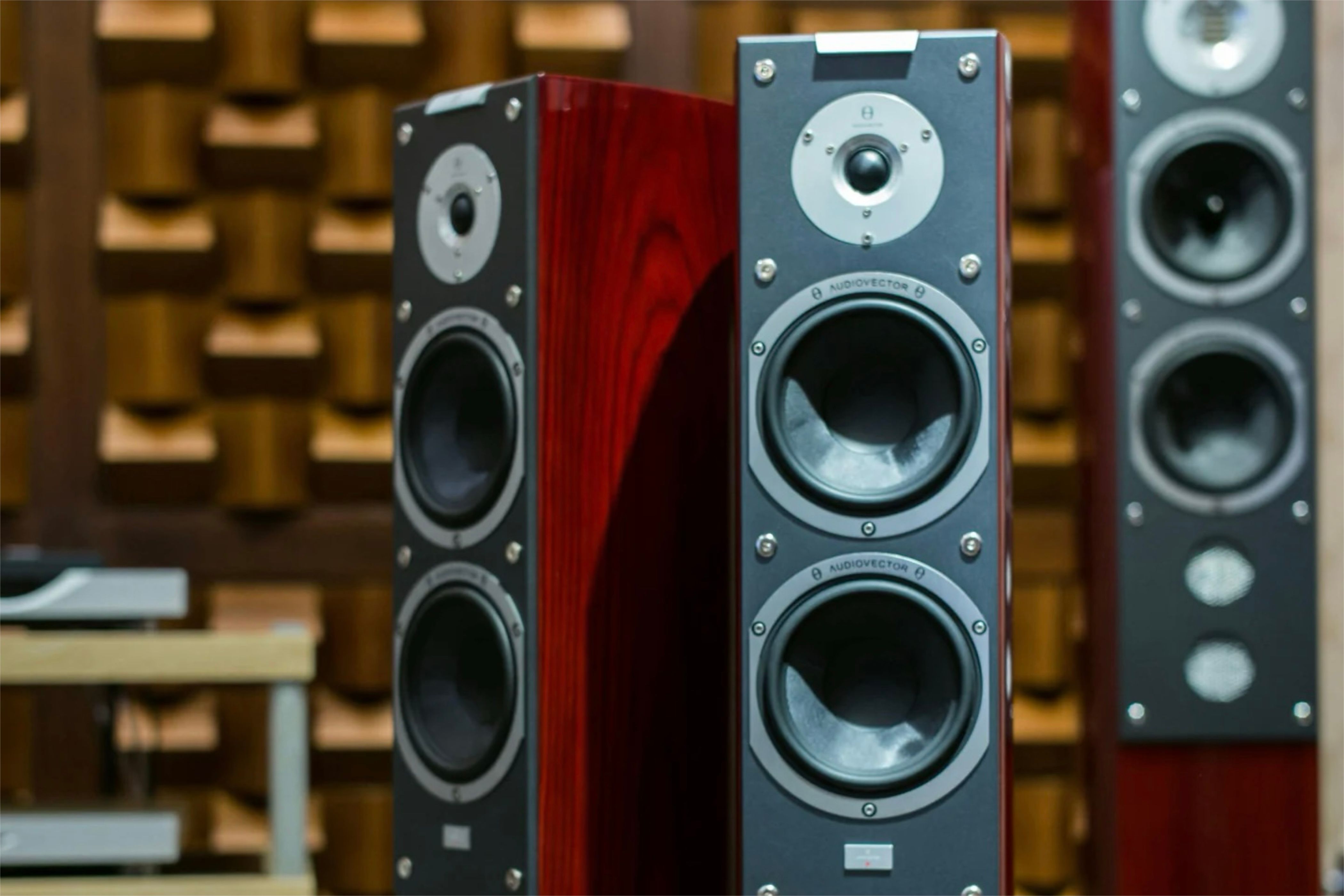
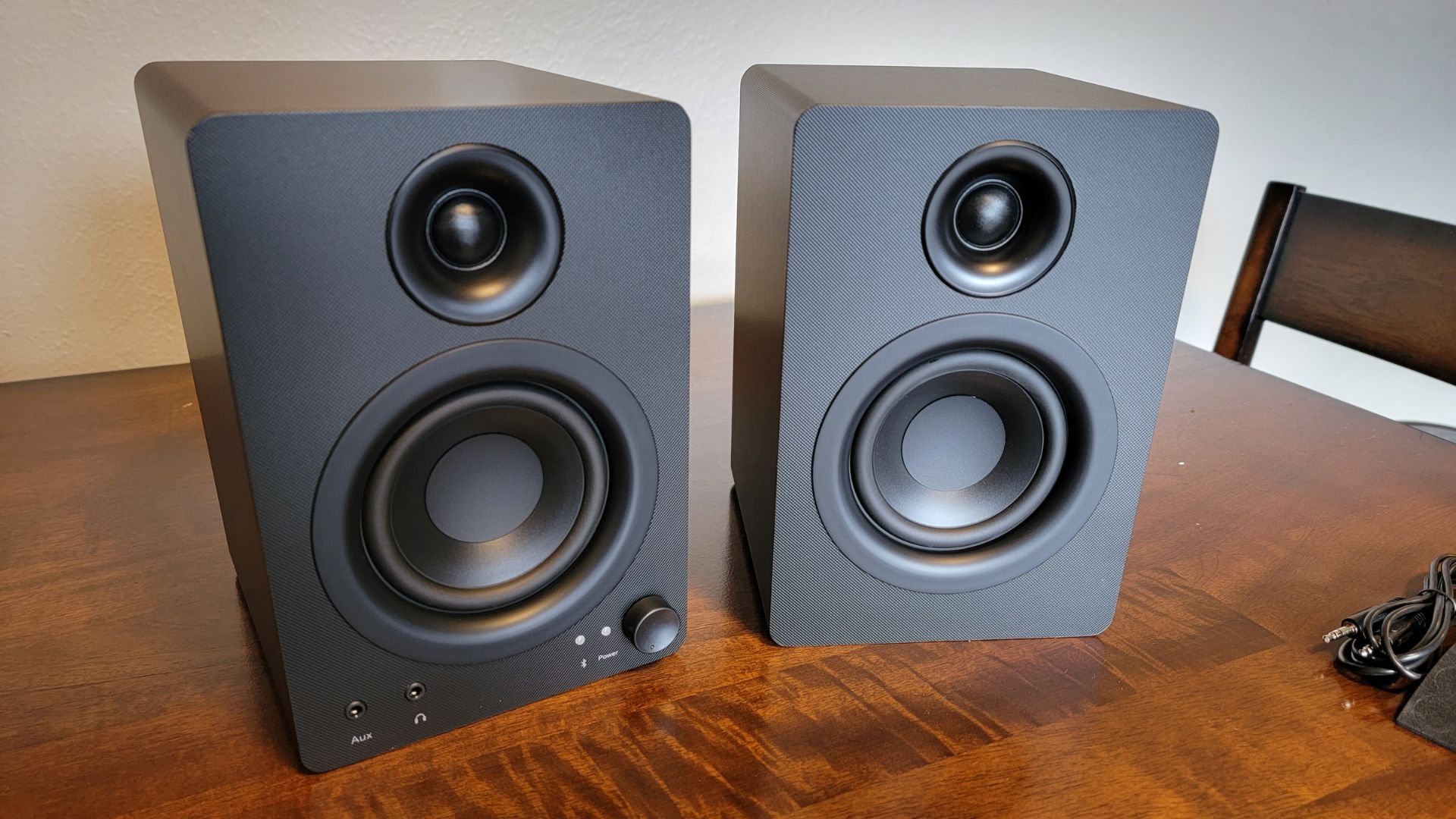
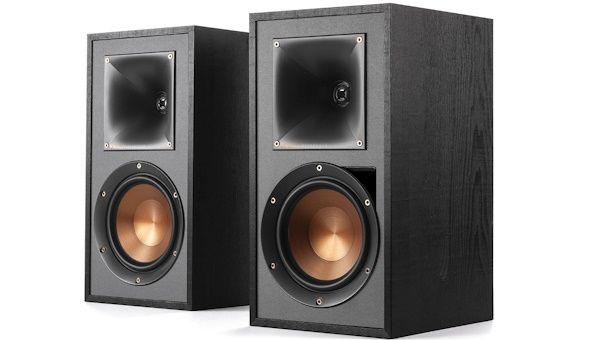





Leave a Comment
Your email address will not be published. Required fields are marked *